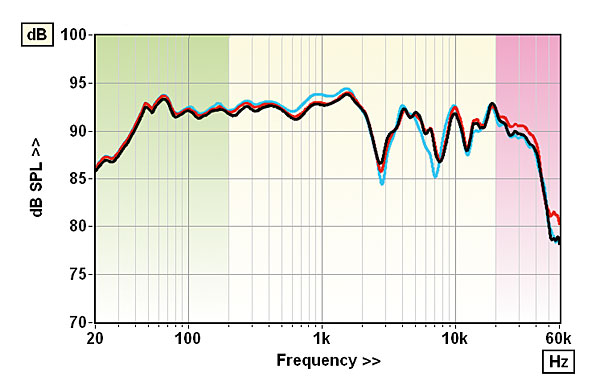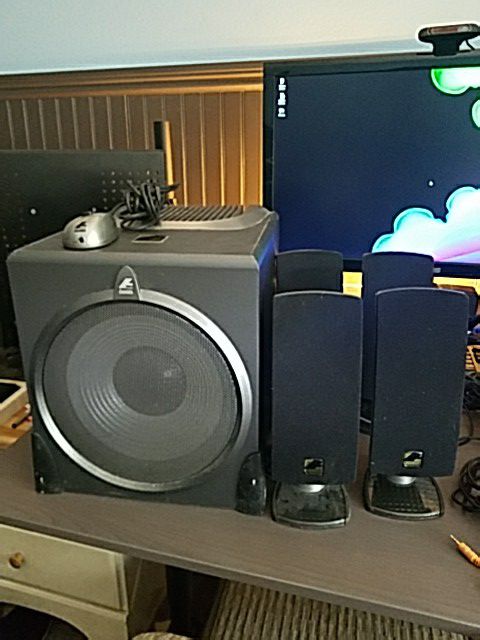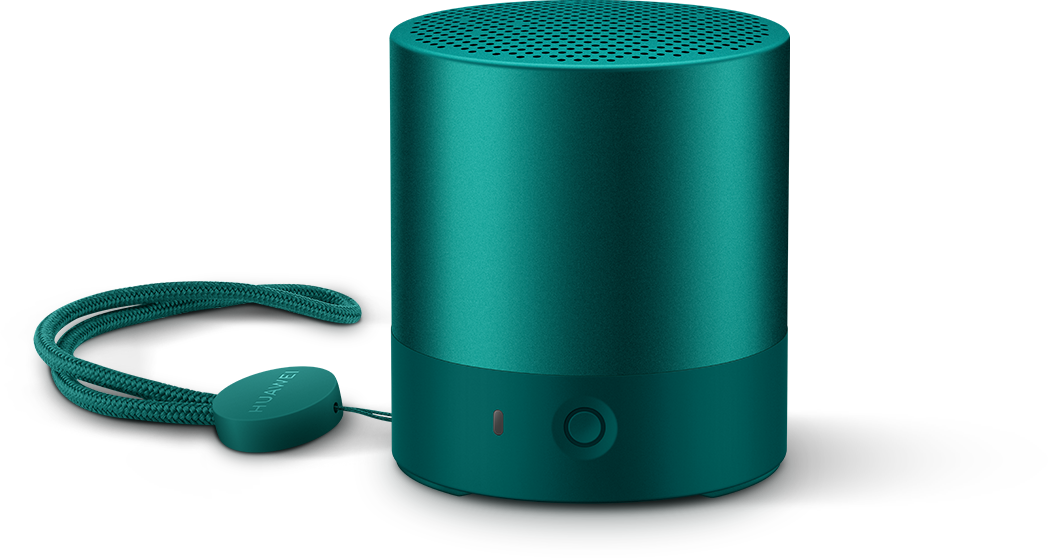The direct sound will be different in the far-field and the near-field though. Crossover region dips in the on-axis response are caused by the path-length differences between drivers, which reduce the further away you get.
Thanks for the clarification, the argument is logical. Let's put some numbers in, as is usual in science.
Listening distance 3 meters at a hight of 0,9 meters, measuring distance 1 meter, same hight, is that o/k with You?
Let's further assume, that the angle towards the listening position is spot on, call it the 'reference axis'.
=> Q: by how much is the measurement axis tilted 'out of reference' then, may I say so?
Depends on the actual height of the mid/treble building block! If that is mounted at a height of 0,9 meters, no tilt, zero effect.
But for the sake of argument, assume the mid/treble building block is mounted at a height of 1,2 meters.
That gives a triangle (a) for the listening: height 0,3 meters, base 3 meters
That gives a triangle (b) for the measurement: height 0,3 meters, base 1 meter
Angle for (a): 6°
Angle for (b): 17°
Difference: 11°
So, with a deviation from the 'reference axis' of as little as 11° vertically, the suckout hits the 8dB mark. A design that asks for a mark-up of 135 kiloDollars only for the "engineering" of the x-over (sic!!) and some woodwork, could possibly do better. I feel it should, but that's just an individual opinion. Remember, the drivers, despite of noble heritage, and parts won't cost more than 2..4k$ each/pair whatever.
For that money, speaking of a mark-up of 130+k$$, I would easily get a Cessna 172 and have all the checks done, checks for reasonable engineering, to begin with. And I would have enough money left to refuel that trustworthy ship for a trip around the world still.
Somehow the 'references' when accessing stereo gear's value seem to be quite floating. The art isn't so much in the engineering, but in commerce, I suggest. Well done.



